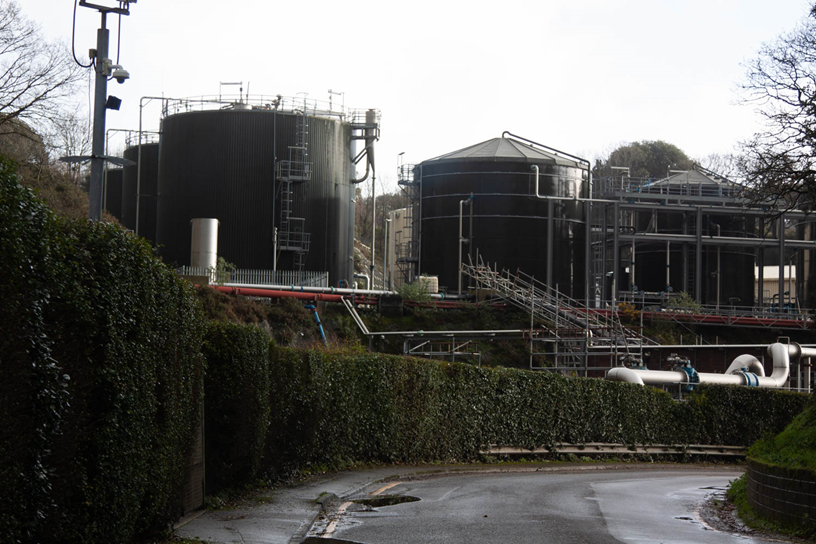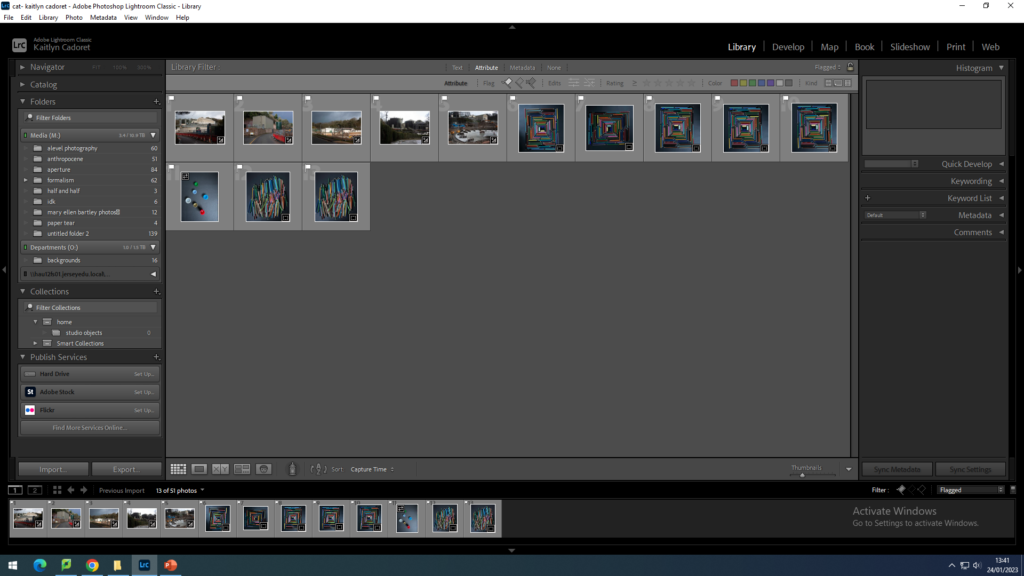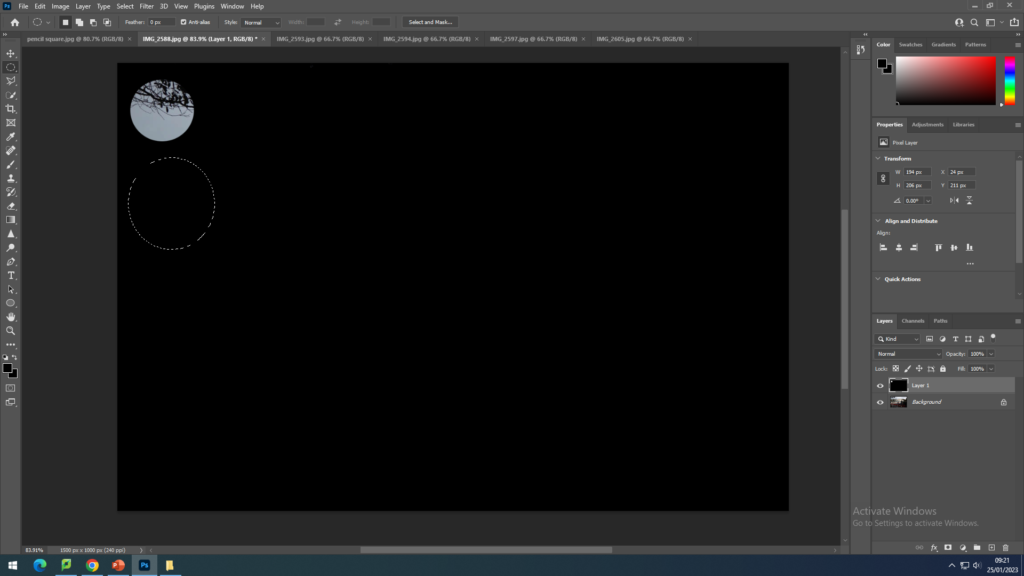Why did I choose this idea?
When I first began thinking of ideas for this project, I felt that there was a slight lack of accessibility to any ideas that I could choose with complete passion behind them. This due to our general limited resources in Jersey, but also due to personal limitations. By this I mean not having much time outside of school to take images, limits put in place by the weather and any kind of fear felt when it comes to choosing a slightly more unorthodox idea. If I had had the courage, time and subjects to do so, I would have liked to have done a portrait project, as this is my favourite genre and I generally feel more proud after producing a portraiture based project. Unfortunately I felt rather limited on this front due to time restraints and so I looked to landscape, being my second favourite genre. Having just done a landscape project, I had a lot of images available to me as well as the fortunate position of living in St Ouen. I was very interested in the idea of enhancing imagery of Jersey’s natural areas as I personally enjoy these places often in my own time. I think I must have wanted to raise awareness of these places of beauty as it is pretty fair to say that not many people who are residents in Jersey really take the time to appreciate the amazing sights we have on our island, and to me this is quite unfortunate.
How did I plan?
My house is surrounded by the effects of agriculture, yet the area also has some of the most naturally beautiful scenery on the island. The locations of Greve de Lecq woodland, Val de la Mare Reservoir, L’Etacq and Les Mielles nature reserve are all within a very short distance of my house and so this made them easy choices of sites for me to photograph. This is clear in the fact that I was not able to actually get to La Collette (due to its location) in the end and so I did not get any images of the recycling centre. I also regrettably did not make it to Les Mielles just due to general timing restraints as I only had after school to take these images and it would not have been possible to get there before darkness. Luckily, the weather in the week that I had to take images actually offered all the weather that I wanted to capture. Earlier in the week there were stormy days but this was contrasted by the clear sunshine at the end of the week.




















































